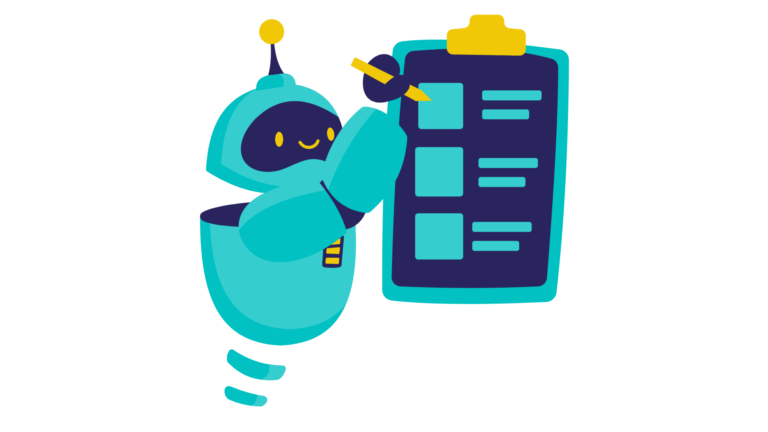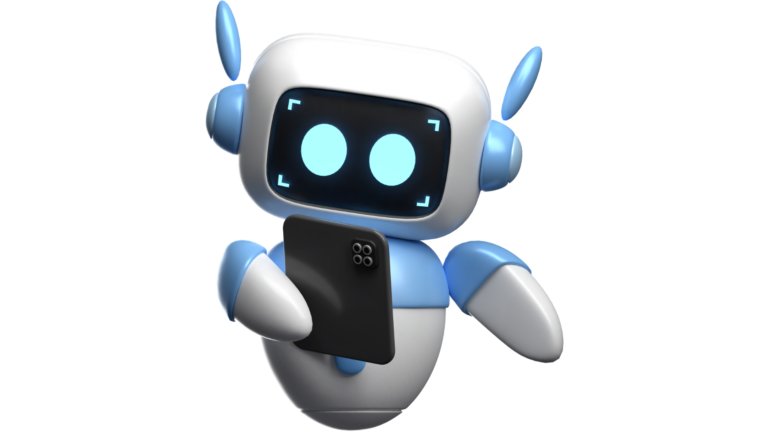Artificial intelligence (AI) is transforming how businesses operate, including how they deliver and manage learning. AI-powered learning platforms and solutions can help organizations to:
- Create personalized learning experiences: AI can create personalized learning paths for each employee or customer based on their needs and interests. This can help to improve learning outcomes and engagement.
- Automate tasks: AI can automate content creation, grading, and reporting tasks. This can allow instructors and learners to focus on more important tasks.
- Provide real-time feedback: AI can provide real-time feedback to learners on their performance. This can help learners to identify their strengths and weaknesses and make improvements.
- Measure and track learning outcomes: AI can measure and track learning outcomes at scale. This information can be used to improve learning programs and make better decisions about training and development.
Overall, AI is having a significant impact on business productivity and enterprise learning. By using AI-powered learning platforms and solutions, organizations can create more effective, efficient, and engaging learning experiences for their employees and customers.
This article will explore two powerful AI technologies being used to transform business productivity and enterprise learning. Generative AI and predictive AI are two powerful types of Artificial Intelligence (AI) that can be used to transform enterprise learning. Both types of AI use machine learning algorithms to analyze data and make predictions, but they do so in different ways. We will also provide examples of how companies use AI to improve their learning programs and achieve business goals.
What are Generative AI and Predictive AI and their Uses?
Generative AI creates new content based on existing data patterns, such as text, images, and code. It is often used for creative tasks, such as generating marketing materials, writing blog posts, and designing products.
Predictive AI uses historical data to forecast future outcomes or classify future events. It is often used to predict customer churn, identify sales leads, and optimize supply chains.
Both generative AI and predictive AI can be used to improve enterprise learning in various ways. Here are some examples:
Generative AI:

- Create personalized learning content: Generative AI can create personalized learning content for each employee or customer. This can be done by considering the individual’s learning style, interests, and prior knowledge.
- Develop interactive learning experiences: Generative AI can be used to develop interactive learning experiences, such as simulations and games. These experiences can be more engaging and effective than traditional learning methods.
- Provide real-time feedback: Generative AI can provide real-time feedback to learners. This feedback can help learners identify their strengths and weaknesses and improve learning outcomes.
Predictive AI

- Identify learning gaps: Predictive AI can identify learning gaps in individual or group employees. This information can then be used to develop targeted learning programs to address those gaps.
- Predict employee performance: Predictive AI can predict employee performance based on their learning history and other factors. This information can be used to make better hiring, training, and promotion decisions.
- Optimize learning resources: Predictive AI can optimize learning resources, such as training budgets and instructor time. This can help ensure that learning resources are allocated to the areas where they will have the greatest impact.
Enterprise Learning for Employees and Customers
Generative AI and predictive AI can be used to improve enterprise learning for both employees and customers. Here are some examples:
Employees
- Onboarding: Generative AI can create personalized onboarding programs for new employees. These programs can help new employees learn about the company’s culture, values, and products or services.
- Training: Generative AI can be used to develop interactive and engaging employee training programs. These programs can help employees learn new skills and stay current on the latest industry trends.
- Performance development: Generative AI can help employees identify their learning gaps and develop personal development plans.
Customers
- Product education: Generative AI can create personalized product education materials for customers. These materials can help customers learn how to use the company’s products or services effectively.
- Support: Generative AI can be used to provide real-time support to customers. This support can be provided through chatbots, virtual assistants, and other self-service tools.
- Feedback: Generative AI can be used to collect feedback from customers about their learning experiences. This feedback can improve the company’s learning programs and products or services.
Example Use Cases

Here are some examples of use cases for generative AI and predictive AI in enterprise learning:
Generative AI:
- A company uses generative AI to create personalized onboarding programs for new employees. The programs include interactive simulations and games that help new employees learn about the company’s culture, values, and products or services.
- A software company uses generative AI to develop interactive training programs for its sales team. The programs help the sales team learn about the company’s products and services and how to sell to different types of customers.
- A financial services company uses generative AI to create personalized employee learning modules. The modules help employees learn about the company’s products and services and the latest trends in the financial services industry.
Predictive AI:
- A retail company uses predictive AI to identify learning gaps in its sales team. The company uses this information to develop targeted training programs to address those gaps.
- A manufacturing company uses predictive AI to predict employee performance based on their learning history and other factors. The company uses this information to improve hiring, training, and promotion decisions.
- A technology company uses predictive AI to optimize its learning resources. The company uses this information to ensure that learning resources are allocated to the areas where they will have the greatest impact.
Generative AI and predictive AI are powerful tools that can transform enterprise learning. Companies can create more personalized, engaging, and effective technologies using these technologies.
Generative AI and predictive AI are transforming enterprise learning. Instancy’s AI-powered learning platform and solutions can help your organization reach further by spending less in your efforts to create, deliver, and manage personalized learning and learning data analytics.
If you want to learn more about how Generative AI-driven content development and data-driven learning can help you achieve your business goals, contact Instancy for a free consultation call.
Here are some specific benefits that Instancy can offer:
- Personalized learning: Instancy’s AI-powered platform can create personalized learning paths for each employee or customer based on their needs and interests. This can help to improve learning outcomes and engagement.
- Engaging learning experiences: Instancy offers a variety of engaging learning experiences, such as simulations, games, and interactive modules. This can help to keep learners motivated and engaged.
- Data-driven insights: Instancy’s learning data analytics platform provides insights into learner performance and learning trends. This information can be used to improve learning programs and make better decisions about training and development.
To get started, contact Instancy for a free consultation call. One of their experts will be happy to discuss your specific needs and how Instancy can help you achieve your learning goals.



